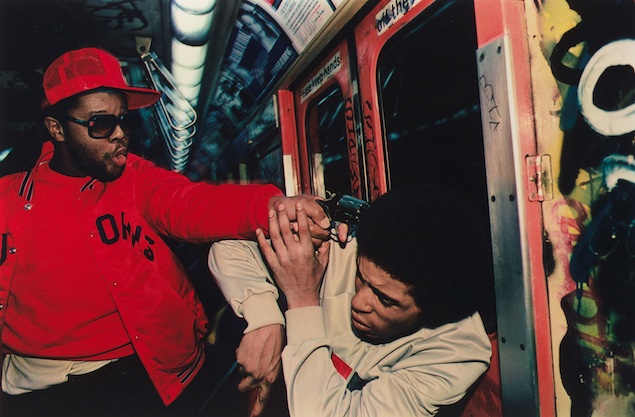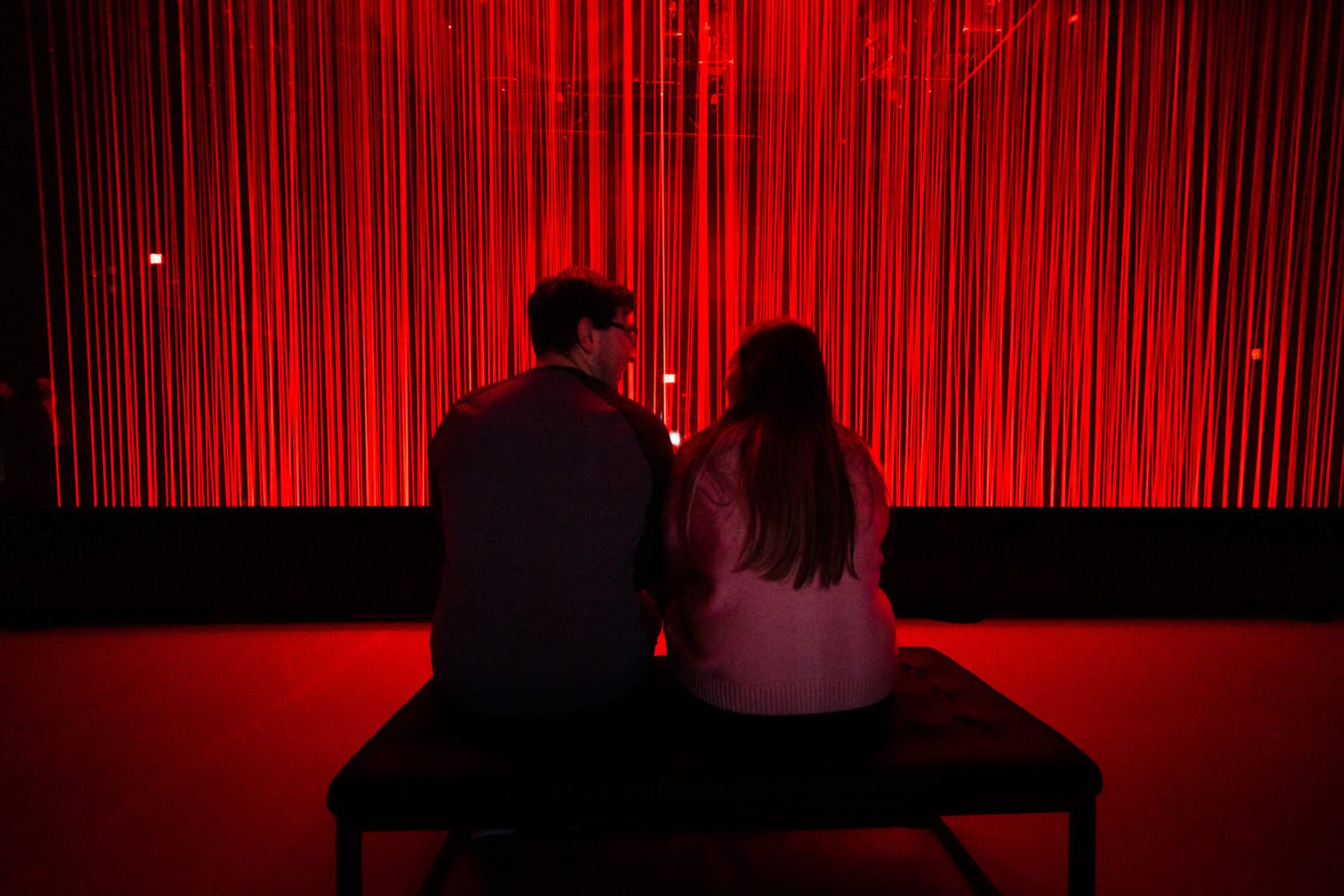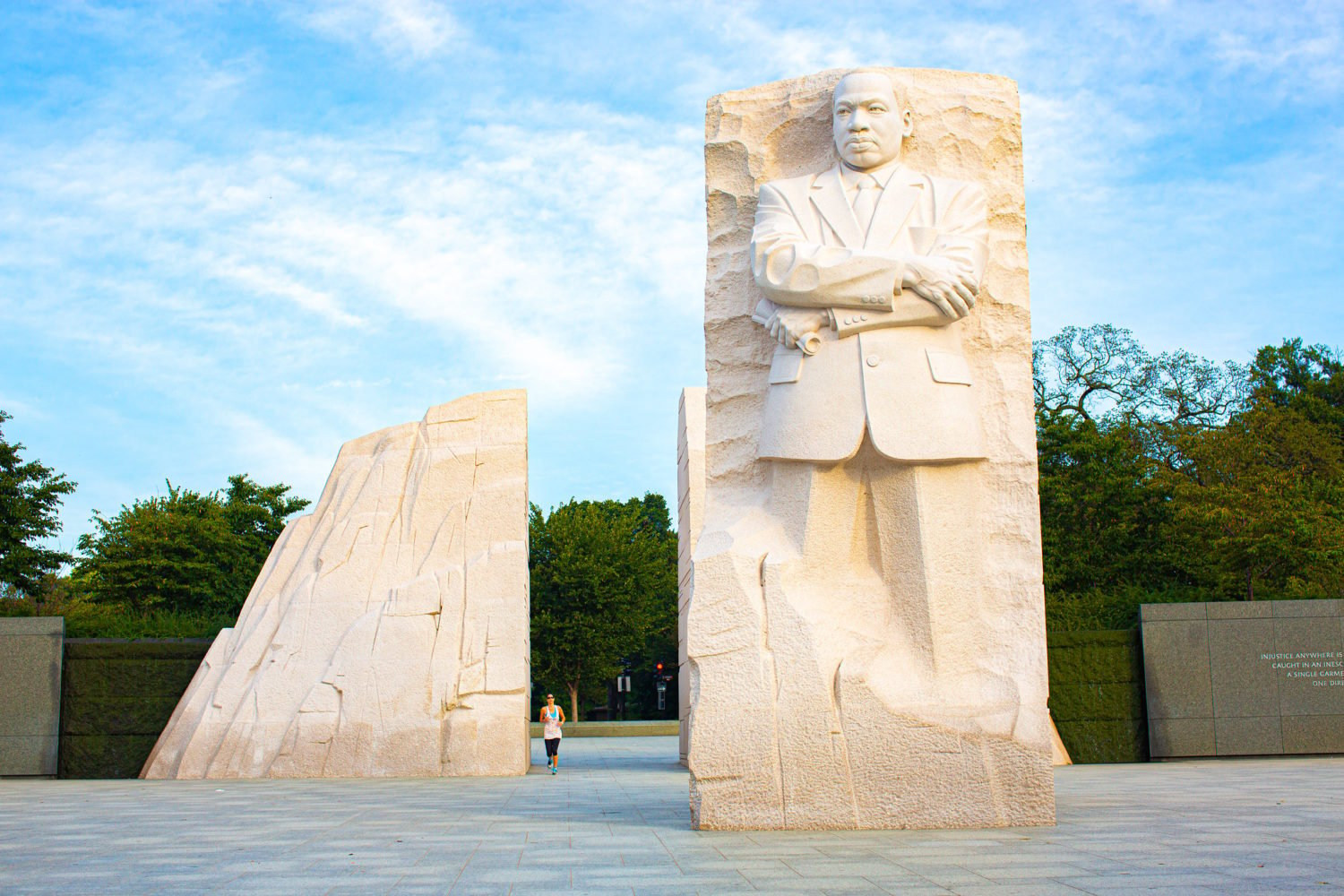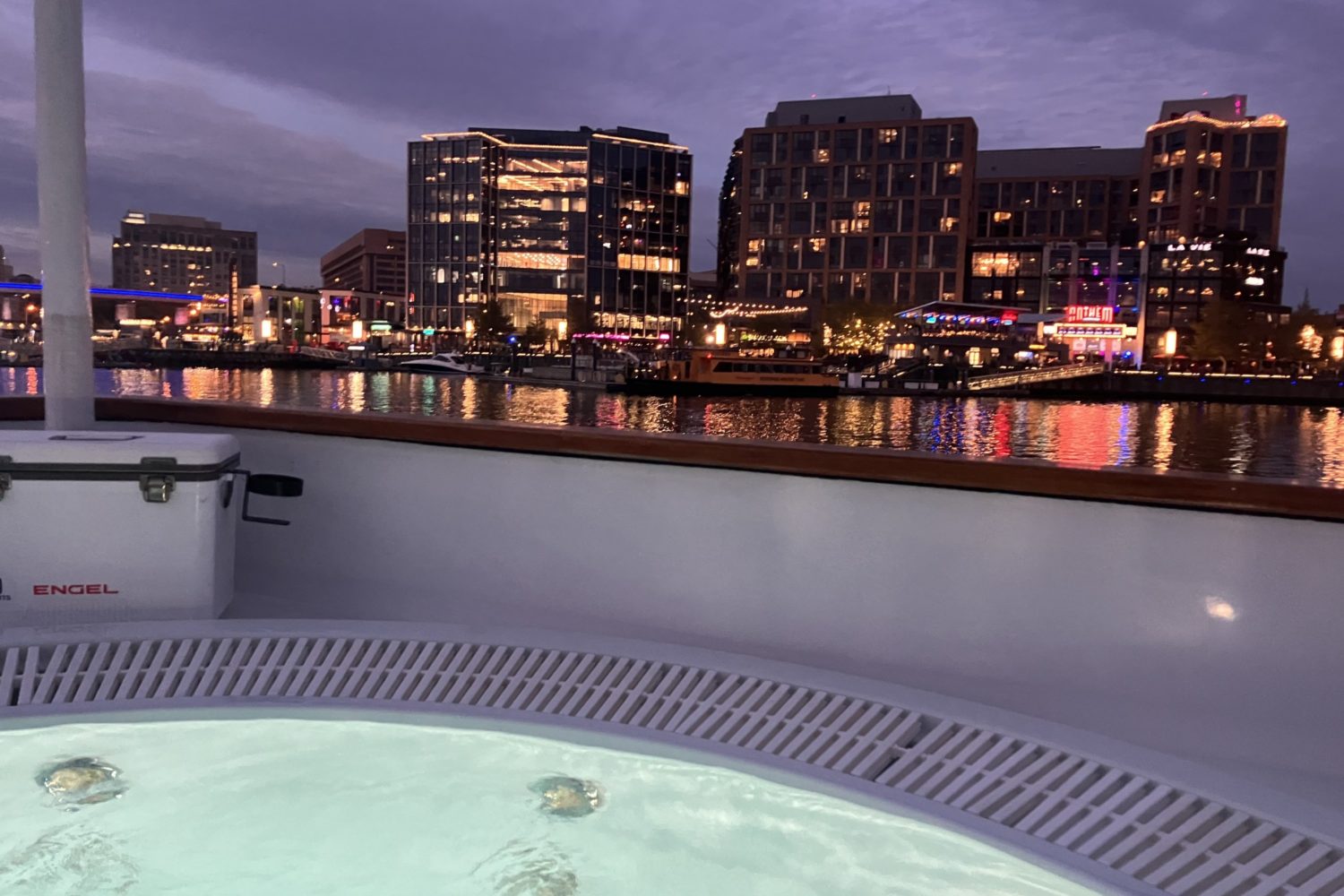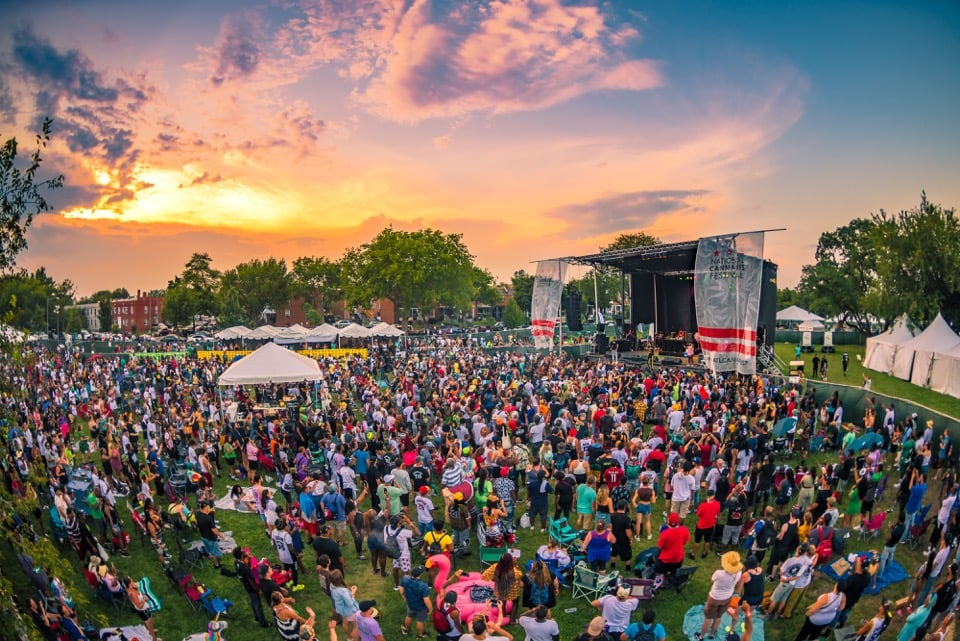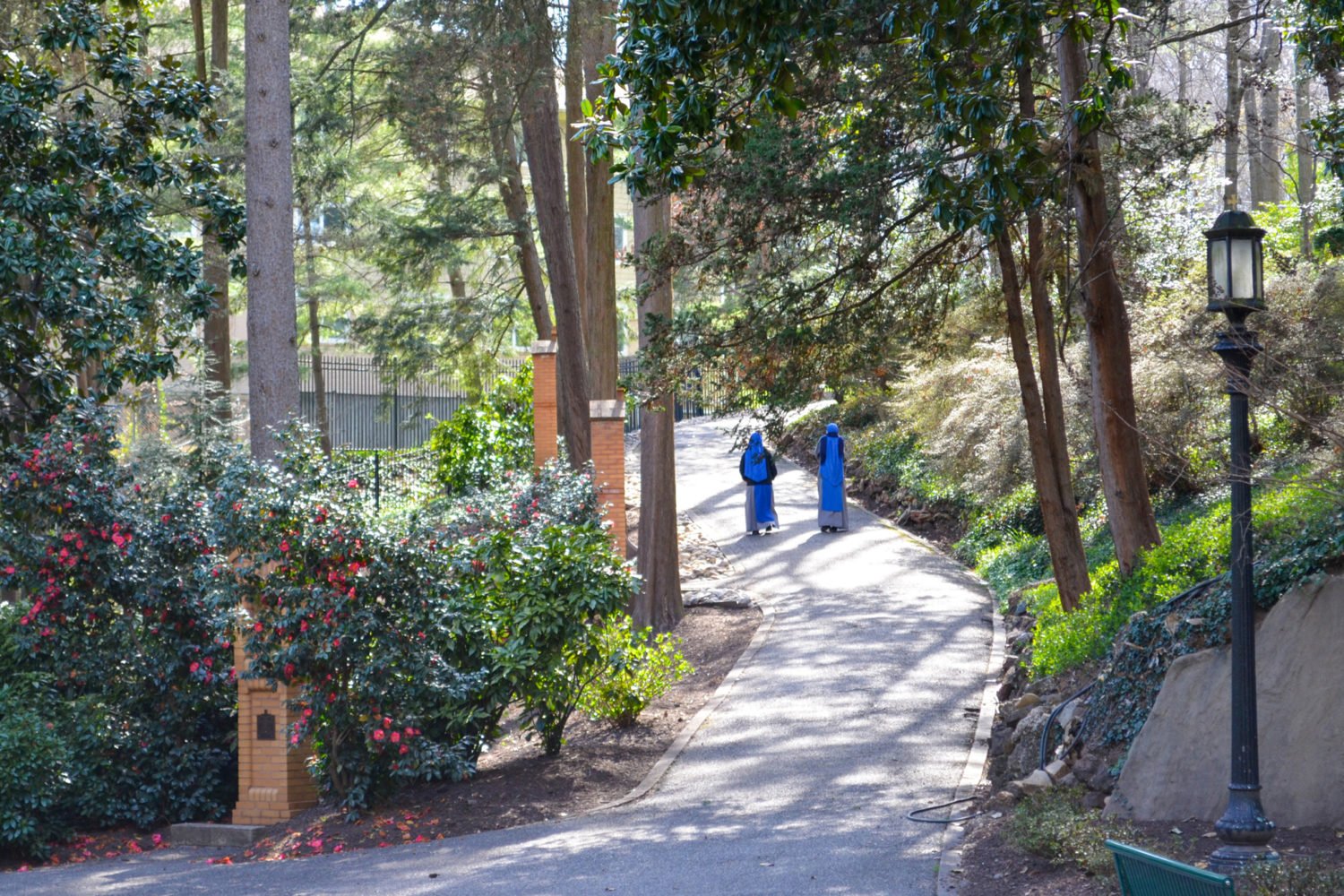Ride the Metro, or the subway, or the Tube in almost any major metropolitan city, and you’ll witness an interesting phenomenon: All solo commuters, however diverse, tend to have the same expression. Something between a scowl and blank stare, the stony face of the habitual traveler is the same in London or Tokyo, in Paris, Chicago, or Washington. Equal parts forbidding, bored, and blasé, it’s both an antisocial affect and a shared badge of honor.
The genius of photographers such as Harry Callahan, Walker Evans, and Beat Streuli allowed them to capture this expression on film, shown in “I Spy: Photography and the Theater of the Street,” currently on display in the National Gallery of Art’s West Building. Curated by Sarah Greenough, the exhibition covers more than 70 years of street photography, from Evans’s 1938 “Subway Portraits” series to Bruce Davidson‘s “Subway,” taken in New York in 1980 and ’81, when the transit system was at its least salubrious. In Callahan’s 1950 “Chicago” series, the photographer captured the faces of women deep in thought, completely unaware of the intrusion into their reverie. Greenough contrasts these photos with work by Evans, Davidson, and Robert Frank, in which the subjects not only knew they were being photographed, but seem to react in an almost confrontational, aggressive way to the camera in their midst.
Street photography as a genre is typically revealing, offering rare insight into various groups, underclasses, or less visible elements of society. But rather than offer social commentary, these assembled photographs seem to focus on the unspecified drama that surrounds us every day. There are few visible stories to comprehend, beyond one particularly dramatic shot by Davidson that shows a man holding a gun to another’s head (in a talk with reporters Wednesday, Davidson admitted the gun-toting hoodlum was actually a cop). Instead, many of the people photographed are enigmatic, their silent introspection leading us to wonder what exactly they might have been thinking about.
The show opens with two series by Evans, who turned to his “Subway Portraits” after a brush with success left him feeling pigeonholed artistically. Looking to experiment, he concealed a camera inside his shirt, and rigged a cable down to his hand, which allowed him to capture people unawares. Without the ability to frame portraits, play with light, or even focus on subjects, he captured photos that are a study in trial and error, but that also capture the uniquely disaffected, sometimes sullen look of the bored commuter. Many of Evans’s subjects look away, deep in their own world, but some stare directly at the camera, no doubt wondering what the strange man sitting opposite them was doing inside his jacket.
On the opposite wall, Evans’s “Bridgeport, Connecticut” series takes a different approach. Standing on a street corner, the photographer quite openly shot people walking toward him, capturing their looks of surprise, amusement, and sometimes hostility. Taken in 1941 when the sight of a camera on a street was cause for much curiosity, the series reveals the quizzical, dubious stares of the unwilling subjects. Almost TMZ-like in their realness, the shots depict people with open mouths, or sheltering under a hat, or folding their arms protectively, offering a prescient glimpse into the paparazzo culture that would follow many decades later.
Privacy, and the lack of it, is explored by all the photographers in the show, whether openly or almost as an afterthought. In Harry Callahan’s exquisite “Chicago” photographs, the women who are his subjects are the opposite of posed, many frowning deeply, and one sticking the tip of her tongue out while concentrating on an unknowable subject. Beautiful in their awkwardness and lack of conceit, the photos convey a poignant sense of shared sisterhood, each woman focused on her own problems and concerns, some looking sad, and some almost absurd. Their lack of awareness of Callahan’s presence becomes almost discomfiting–his presence seems like a violation of their autonomy in some small way.
Like Evans before him, and Davidson after, Robert Frank used public transportation to capture the Everyman. Following the vast success and enormous range of his series “The Americans,” Frank turned from an all-encompassing palette to a much more restrained one, photographing only what he could see from the window of a public bus. Titled “From the Bus, New York,” the 1958 series suggests less than others in the show but offers a glimpse into the strange quirks of everyday life. His subjects lounge on street corners, shout at one another, and stare at him with muted gazes.
Twenty years later, New York was a changed place, its grimy inhospitality suddenly violent, and captured in vibrant, aggressive color by Davidson’s vivid dye prints. Davidson traveled the subway looking for subjects, proffering a wedding album of his work to anyone who caught his eye. Some posed willingly, others reacted with hostility, but all share a look of barely restrained suspicion, whether gazing at the camera or trying to ignore it. In the graffiti-covered subway, the ugliness of the surroundings is tempered by the compelling faces of his subjects, ranging from a fur-coat-wearing blonde to a young man with a scarred, curious face.
The show concludes with large-scale photographs by Philip-Lorca diCorcia, and photo and video installations by Beat Streuli. While diCorcia staged lighting and scenery to capture ordinary people as if they were Hollywood icons in “Streetwork” and “Heads,” Streuli filmed them unawares, photographing random passersby in Manhattan’s Astor Place for “NYC 01/02,” and in a variety of locales for “Manhattan 09-09.” The contrast between the two artists is quite remarkable. DiCorcia’s photographs feature subjects prepped for greatness and made remarkable in their humdrum ordinariness through simple tricks; Streuli’s characters all fade into one another, their shared weariness and isolation both poignant and somehow reassuring. On the street, this show suggests, we’re all simply cogs in the same wheel. But the sameness of that wheel, from decade to decade, is oddly comforting, nonetheless.
“I Spy: Photography and the Theater of the Street, 1938-2010″ is in the National Gallery of Art’s West Building through August 5. For more information, visit the NGA’s website.

